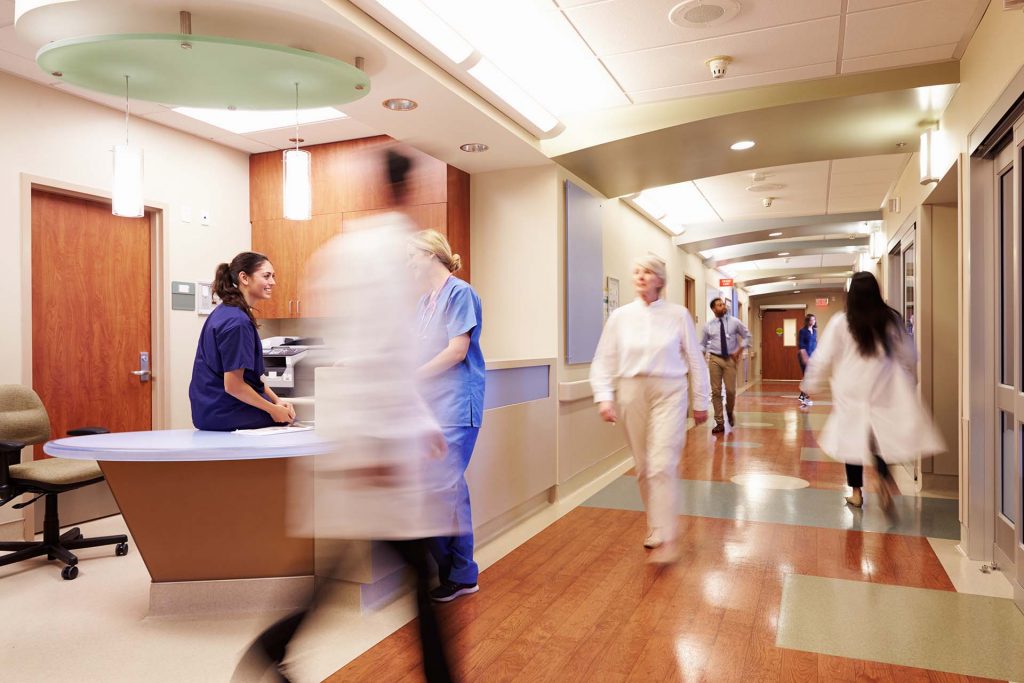Each person has the hope that they will never have to visit an emergency room in their lifetime. However, accidents can happen at a moment’s notice, and it’s why emergency rooms exist.
Unfortunately, if a sudden injury or illness occurs, many hesitate to go to a freestanding ER, because misconceptions about freestanding ERs keep them at bay; they will likely wait until they can schedule an appointment with their doctor, or drive to a hospital’s ER, prolonging crucial treatment they could immediately receive otherwise.
What is a Freestanding ER?
A freestanding emergency department (FSED) is a licensed facility that is structurally separate and different from a hospital and provides emergency care. There are two distinct types of FSEDs: a hospital outpatient department (HOPD), also referred to as an off-site hospital-based or satellite emergency department (ED), and independent freestanding emergency centres (IFECs).
For that reason, we’ve debunked these common myths about freestanding emergency rooms:
Myth #1: The wait time for freestanding ERs are too long.
In the ER, we don’t see patients in the traditional way like a doctor’s office would. Appointments aren’t made, and we don’t choose which patient we see next based on the order you walked in the door. Instead, we use a triage system to see patients, meaning that although we see all patients, whoever is the sickest or most injured will be seen first.
Fact: Freestanding emergency departments have shorter waiting times than hospitals and hospital emergency rooms. Our job is to resolve life-threatening and other immediate conditions as quickly and efficiently as possible, and the triage system helps us decide who needs the most immediate care.
Myth #2: A freestanding ER cannot provide the same care as a hospital ER.
Freestanding ERs—or Emergency Care Centers—are licensed by the state to provide the same level of 24-hour emergency care and services as an emergency room based in a hospital, and just like the hospital ER, our freestanding ER is staffed with emergency-trained physicians and registered nurses at all times. In other words, the type of care you receive in a freestanding ER is the same quality care as a hospital’s.
Fact: We recommend you visit our emergency care facility, however, because emergency care centers like ours are often more conveniently placed for you to have easier access to emergency care should you ever need it.
Myth #3: Freestanding emergency rooms are more expensive.
Freestanding ERs offer virtually the same rates as a hospital ER. While it is true that emergency care, in general, is more expensive than traditional care, it’s for good reason. With an emergency, services are performed with the utmost urgency and attention, so that you can receive the proper diagnosis and treatment to quickly resolve your condition before it becomes severely life-threatening.
Myth #4: Freestanding emergency rooms are all owned by hospitals
Several people consider that all the freestanding emergency rooms in the country are controlled and operated by public hospitals.
Fact: Few hospitals maintain their freestanding emergency rooms to provide emergency services. But, that isn’t a rule that all freestanding emergency rooms should be operated by hospitals. Some ERs are privately owned.
Myth #5: Freestanding emergency departments don’t accept all insurances
Some believe that freestanding emergency rooms don’t accept the medical insurance covers awarded in the United States.
Fact: approval of medical insurance is related to the management of the freestanding emergency room. Most of the freestanding emergency departments allow most of the medical insurance covers offered by govt in America.
Do all hospitals have emergency rooms?
There are a few, normally speciality hospitals, that have an “urgent treatment area”.
Since they don’t offer common medical care in their inpatient units. Hospitals aren’t interested in being what would essentially be a free-standing emergency department added to the inpatient unit.
Does Medicare cover Freestanding emergency rooms?
Freestanding EDs can not be count as certified Medicare providers. Therefore cannot bill Medicare or Medicaid for services. Medicare generally reimburses only EDs that bill under the National Provider Identifier



